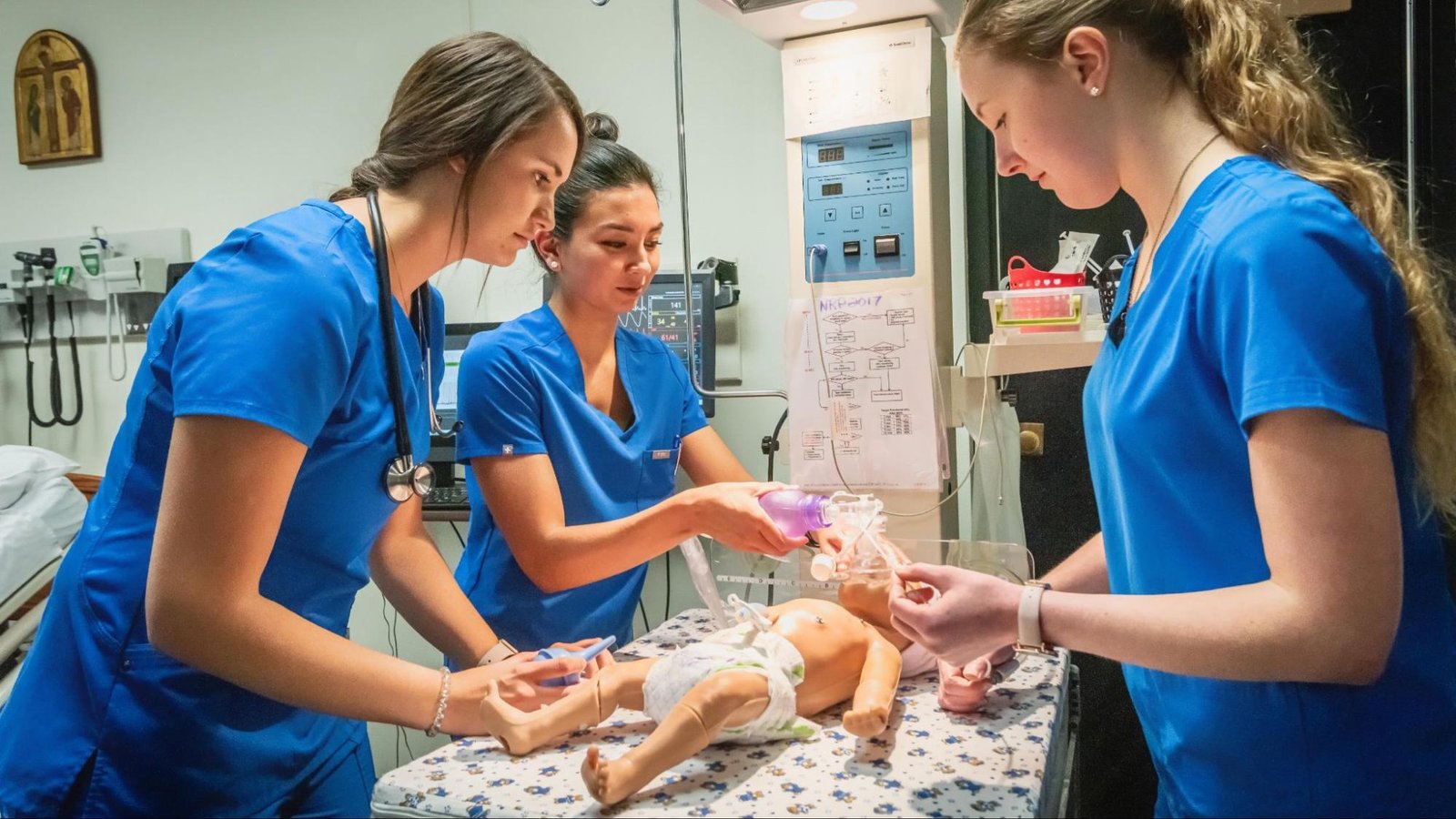Today our topic of discussion is Pacemakers of Intensive Care.
Pacemakers of Intensive Care

PACEMAKERS
An artificial pacemaker is a mechanical device that electronically stimulates impulse initiation within the heart. The artificial pacing system consists of a pulse generator and a pacing wire that delivers the stimulus to the heart to control rate.
The pacing unit initiates and maintains the heart rate when the natural pacemakers of the heart are unable to do so. The purpose of artificial pacing is to control the heart rate.The heart is stimulated at a constant rate irrespective of the underlying rhythm.

The pacemaker is called an asynchronous atrial pacemaker (AOO) if the electrodes are in the atrium, or an asynchronous ventricular pacemaker (VOO) if in the ventricle. Pacemakers are primarily used to treat cardiac defects in which the catheter is placed in the atria, ventricle or both to ensure adequate depolarization by the site of impulse blockage.
An implantable cardioverter defibrillator (ICD) looks similar to a pacemaker, though slightly larger. It works very much like a pacemaker. But the ICD can send an energy shock that resets an abnormal heartbeat back to normal. Many devices combine a pacemaker and ICD in one unit for people who need both functions.

These devices are also employed to remedy inadequate impulse initiation by the SA node and to suppress myocardial irritability that does not respond to antiarrhythmic therapy. In these instances, the catheter may be placed in the atrium (Figs. 30.13 and 30.14).
Read more:
